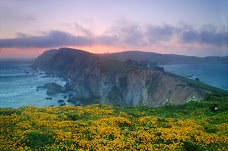Worksheet 4Hi, now we can explain another activitie about the three streets: Gran Via, Casp, Pau Claris.
First, we count the number of cars, taxis, lorries, motorbikes, buses and pedestians. In this streets in five minuts.
Second, we write the results, and finaly we divide all the results by five, to get the numbers of veichles per minut.

Conclutions:
In Gran Via pass a lot of cars, motos, buses... because it is a main street with a lot of lanes, and cross all the city . In the other streets don't pass a lot of cars because they aren't main streets and they don't cross all the city.
In Pau Claris pass the triple of cars than in Casp, but they have similar width. This is because Pau Claris cross a important streets: cross Gran Via, Diagonal, Aragó and arrive to the sea.
In Casp have more pedestians because don't pass a lot of cars, so it has less polution and also less noise.







